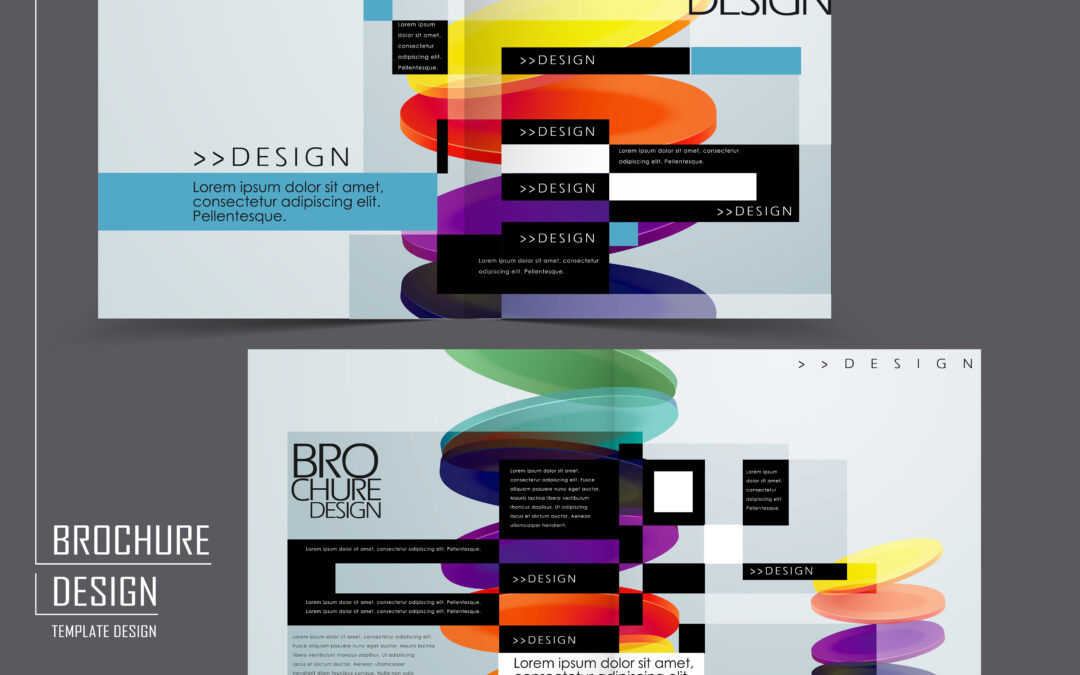In today’s digital age, it is easy to overlook the power of print in marketing. However, printed catalogs have remained a successful tool for businesses to showcase their products and offerings to potential customers. With their tangible format and visually appealing design, catalogs can create an immediate connection with consumers that no digital ad can replicate. In this blog post, we explore the benefits of incorporating catalogs into your marketing strategy and how they can boost your business’s overall success. Get ready to learn about the power of print!
Introduction
In recent years, catalogs have been making a comeback as a powerful marketing tool. A well-designed catalog can help your business to stand out from the competition, reach new customers, and boost sales.
Here are some ways that catalogs can help your business:
1. Attract new customers: A well-designed catalog can help your business to attract new customers. Your catalog should be eye-catching and include information about your products or services that will interest potential customers.
2. Increase brand awareness: A catalog is a great way to increase brand awareness for your business. Make sure to include your company logo and contact information on every page of your catalog.
3. Generate leads: Include special offers and coupons in your catalog to encourage recipients to take action and become leads for your business.
4. Boost sales: An effective catalog marketing campaign can help to boost sales for your business. Use strong calls-to-action and target specific demographics with your marketing message to increase the chances of making a sale.
5. Stay top-of-mind: Catalogs can help you to stay top-of-mind with your target audience even when they are not actively looking for your products or services. Send out regular mailings of your latest catalog to keep your business at the forefront of their minds.
What is the Role of Printed Catalogs in Modern Marketing?
In a world where digital marketing reigns supreme, it may seem like printed catalogs are a thing of the past. However, this couldn’t be further from the truth – catalogs can be an extremely effective marketing tool, especially in today’s market.
Sure, people are more likely to shop online than ever before. But that doesn’t mean they don’t still appreciate the tactile experience of flipping through a well-designed catalog. Catalogs offer a level of engagement that other marketing channels simply can’t provide.
Plus, with so much competition for attention online, standing out from the digital noise can be difficult. A physical catalog gives your brand a chance to make a lasting impression – something that will stay on your customers’ coffee tables or in their offices long after they’ve received it.
And unlike other forms of print advertising, catalogs can be highly customized to target specific audiences. You can control everything from the design and layout to the content and messaging, making sure that your catalog is always relevant to your readers.
So if you’re looking for a way to boost your marketing strategy and engage your customers on a deeper level, consider investing in printed catalogs. They may just be the secret weapon your business needs to succeed.
How Much Does it Cost to Print One Catalogue?
The cost of printing a catalogue depends on a number of factors, including the size and type of paper used, the number of pages, the print run quantity, and the printing method. For example,offset printing is generally more expensive than digital printing, but it offers superior quality for large print runs.
To get an accurate estimate for your project, we recommend that you request quotes from multiple printing companies. Be sure to provide them with all the details of your project, so they can give you an accurate price quote.
What are the Different Catalogue Printing Options Available?
There are a wide variety of catalog printing options available to fit any budget or marketing strategy. The most common type of catalog is a full-color, glossy print catalog. However, there are also more economical options such as black and white or printed on recycled paper.
Another option is to create a digital catalog that can be emailed or viewed online. This can be a great way to reach a larger audience without the expense of printing and mailing physical copies.
Whatever type of catalog you choose, make sure it reflects your brand and showcases your products in the best light possible. With a little creativity and thoughtfulness, you can use catalogs to boost your marketing strategy and help achieve your business goals.
Advantages and Disadvantages of Printed Catalogs
There are a variety of opinions on the use of printed catalogs in marketing strategies. Some advantages to using catalogs include the ability to provide customers with a tangible product that they can touch and feel, as well as the opportunity to include more detailed information about products and services than can be provided online. Additionally, customers may appreciate receiving a catalog in the mail as a personal touch from a company. Conversely, some disadvantages of printed catalogs include the cost of printing and shipping, as well as environmental concerns associated with paper production. It is also important to consider whether your target audience is likely to actually read a physical catalog, or if they would prefer to receive information electronically.
Tips for Implementing a Printed Catalog Strategy
1. Start with a plan: Define your goals and objectives for creating a printed catalog. What do you hope to achieve? Are you looking to drive traffic to your website or brick-and-mortar store? Increase brand awareness? Boost sales of specific products?
2. Determine your target audience: Who are you trying to reach with your catalog? Define your target demographic in terms of age, gender, income level, location, interests, etc.
3. Create compelling content: Your catalog should be more than just a list of products and prices. Include compelling copy and eye-catching visuals that will resonate with your target audience and help you achieve your desired results.
4. Print on high-quality paper: Use premium paper stock to give your catalog a professional look and feel that will impress recipients.
5. Consider adding value-adds: Include coupons, free shipping offers, or other incentives that will encourage recipients to take action (such as making a purchase).
6. Get the timing right: Timing is everything when it comes to mailings. Plan your distribution schedule in advance and make sure your catalog arrives when recipients are most likely to be receptive to its message.
7. Track results: Keep track of how many people receive your catalog, how many respond to it, and what actions they take as a result (such as visiting your website or making a purchase). This information will help you gauge the effectiveness of
Conclusion
In today’s digital landscape, print materials can still have an important role in your marketing strategy. Catalogs are an excellent way to showcase your products and services while providing potential customers with a tangible reminder of your brand. Even if you primarily utilize digital advertising methods, adding print catalogs to the mix could be the boost your business needs. So don’t discount the powerful impact that print can still make on potential buyers – give it a try and see what kind of results you get!
Also Read: Creating Effective Business Cards Maximizing Your Impact 10 tips

